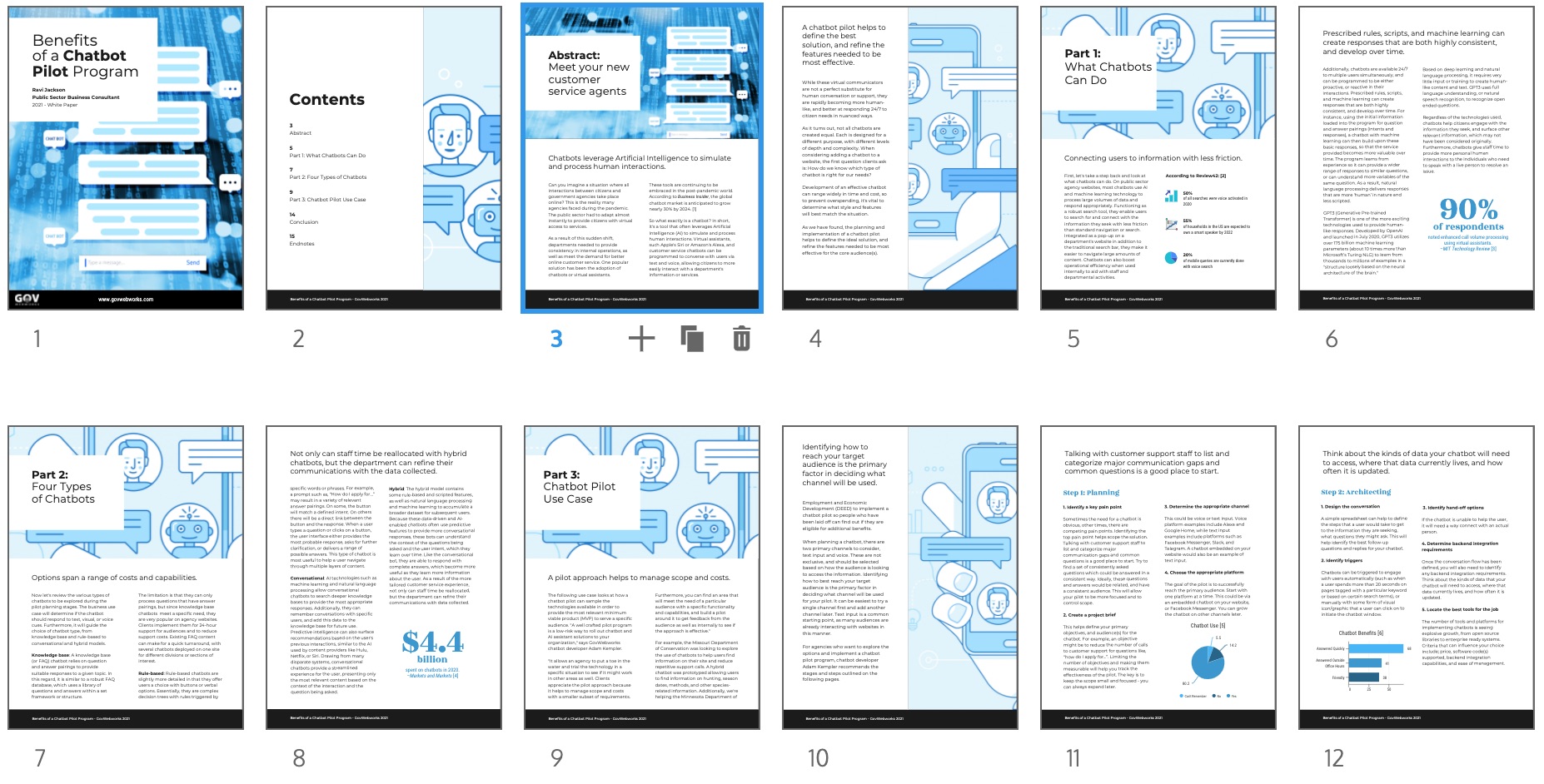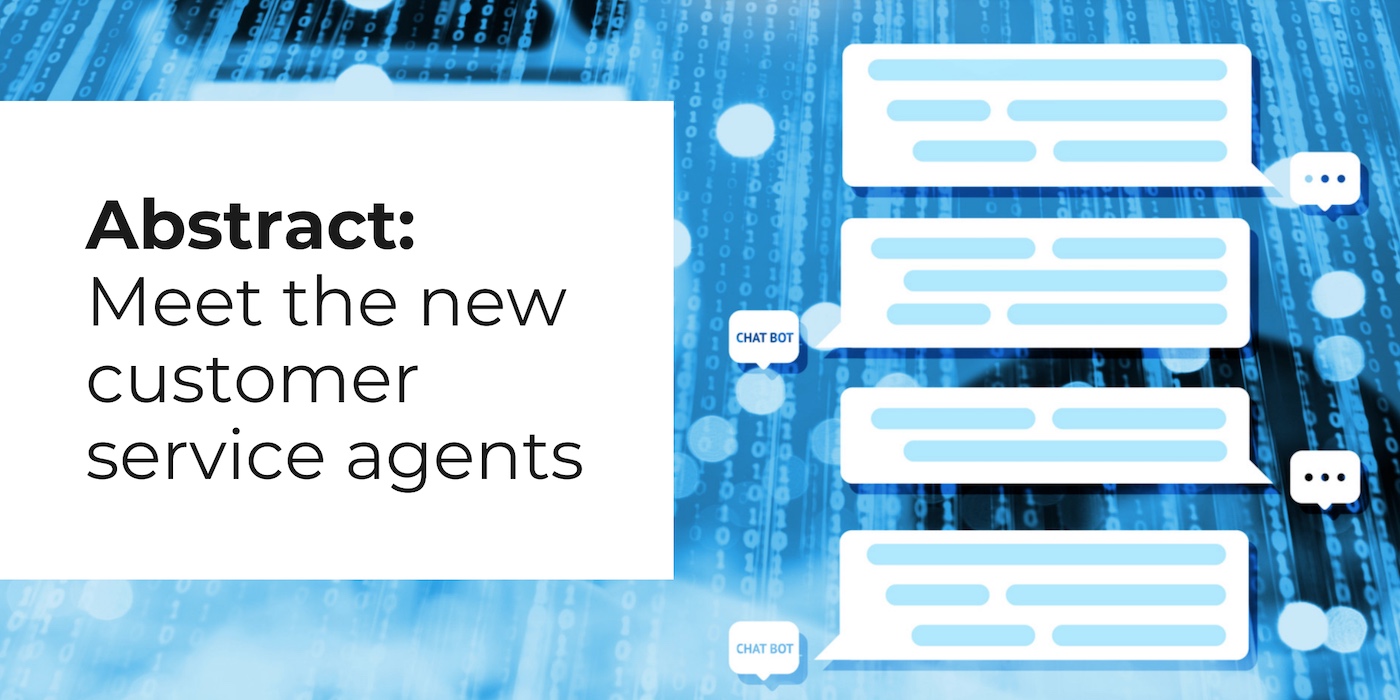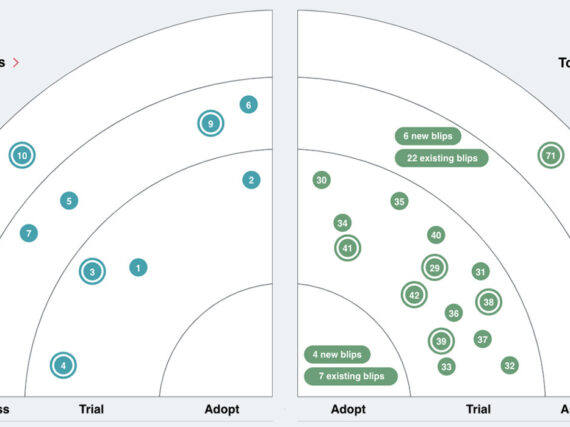During the pandemic, the public sector had to adapt almost instantly to provide citizens with virtual access to services. As a result of this sudden shift, departments needed to provide consistency in internal operations, as well as meet the demand for better online customer service. One popular solution has been the adoption of chatbots or virtual assistants. These tools are continuing to be embraced in the post-pandemic world. According to Business Insider, the global chatbot market is anticipated to grow nearly 30% by 2024.
So what exactly is a chatbot? In short, it’s a tool that often leverages Artificial Intelligence (AI) to simulate and process human interactions. Virtual assistants, such Apple’s Siri or Amazon’s Alexa, and customer service chatbots can be programmed to converse with users via text and voice, allowing citizens to more easily interact with a department’s information or services.
Development of an effective chatbot can range widely in time and cost, so to prevent overspending, it’s vital to determine what style and features will best match the situation. As we have found, the planning and implementation of a chatbot pilot helps to define the ideal solution, and refine the features needed to be most effective for the core audience(s).
<<Download the “Benefits of a Chatbot Pilot Program” white paper>>

Learn more
- Email us to discuss how a chabot can optimize your organization’s digital goals
- Key Steps to a Chatbot Pilot Program: How to support audiences who prefer conversational interfaces for accessing content, by Adam Kempler
- AI Solutions for Government: Our AI Lab highlights forward-thinking innovations for content management systems and software applications, by Adam Kempler
- Sign up for the AI Newsletter and join the conversation with the GovWebworks AI Lab about uses for AI in the public sector







